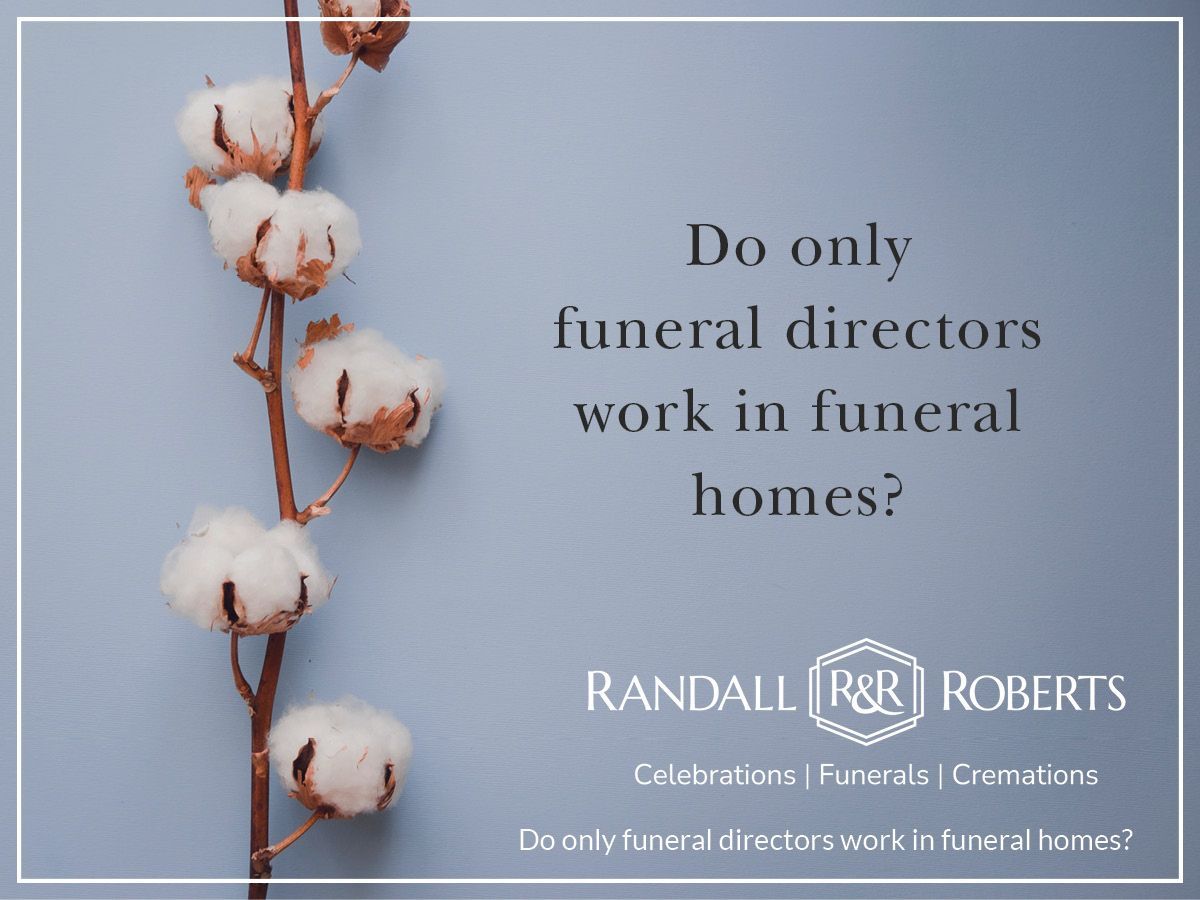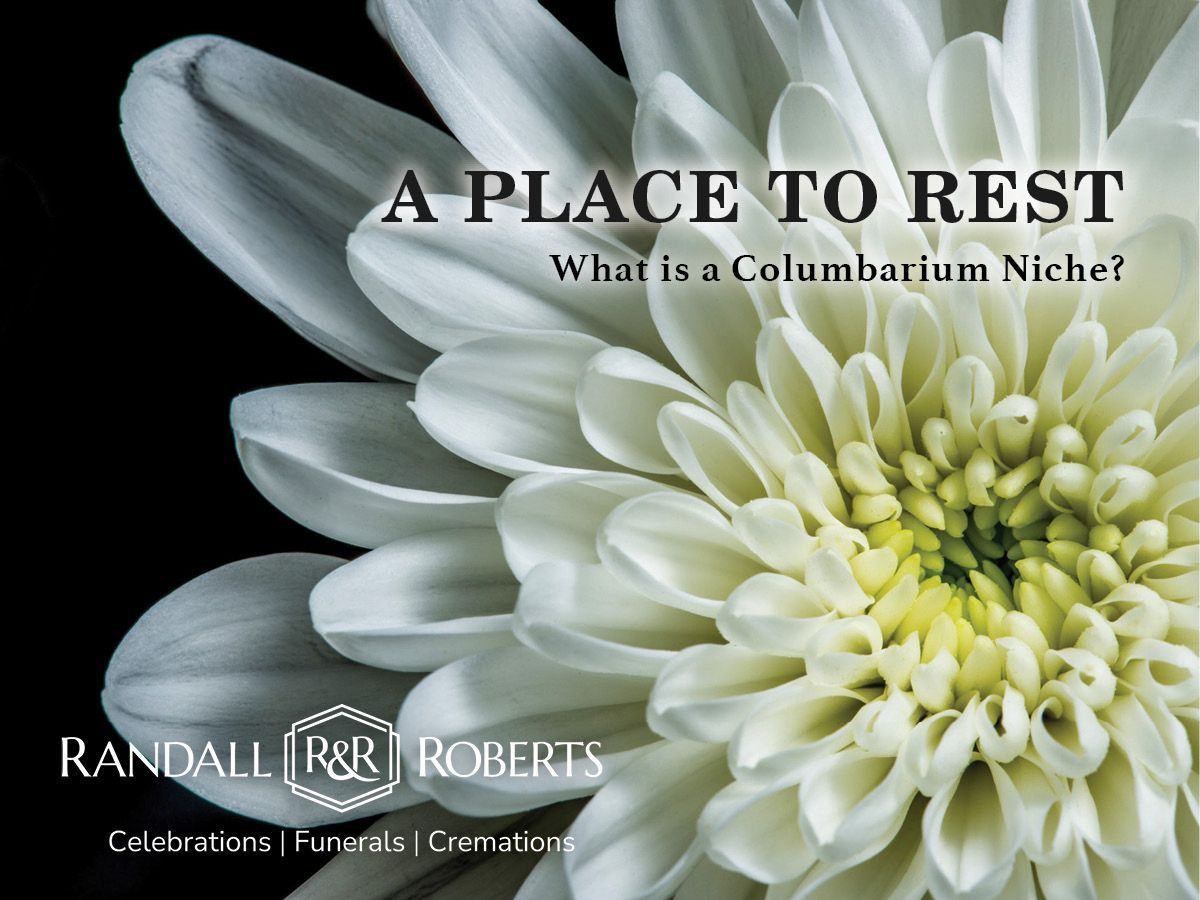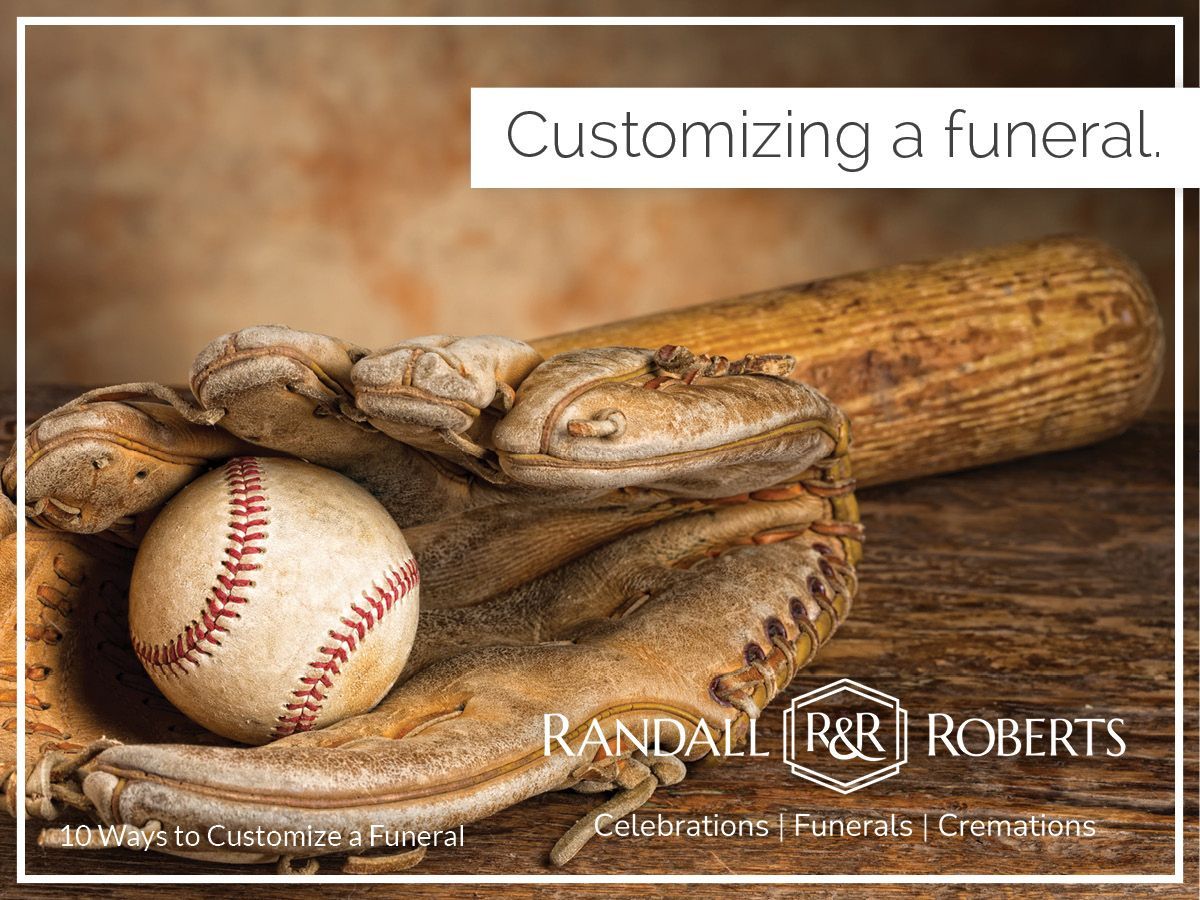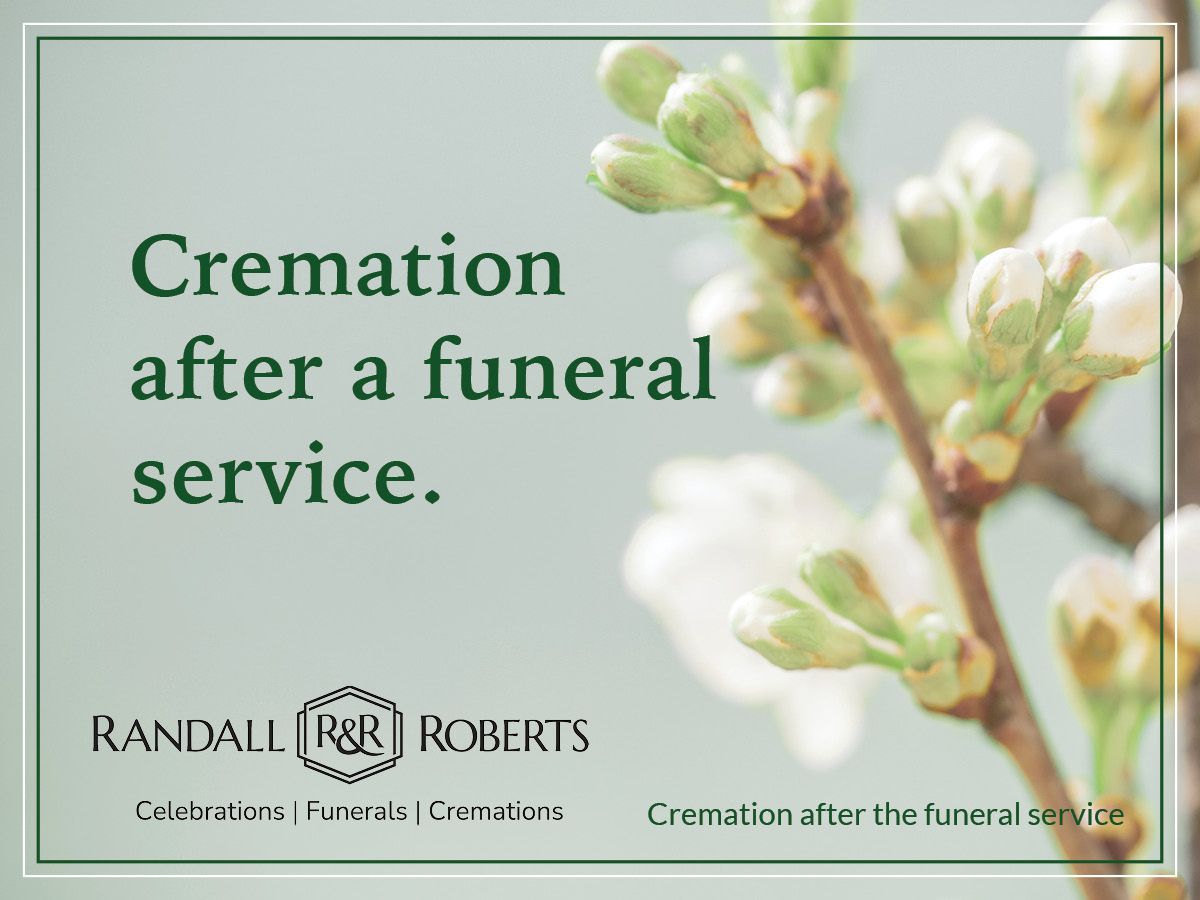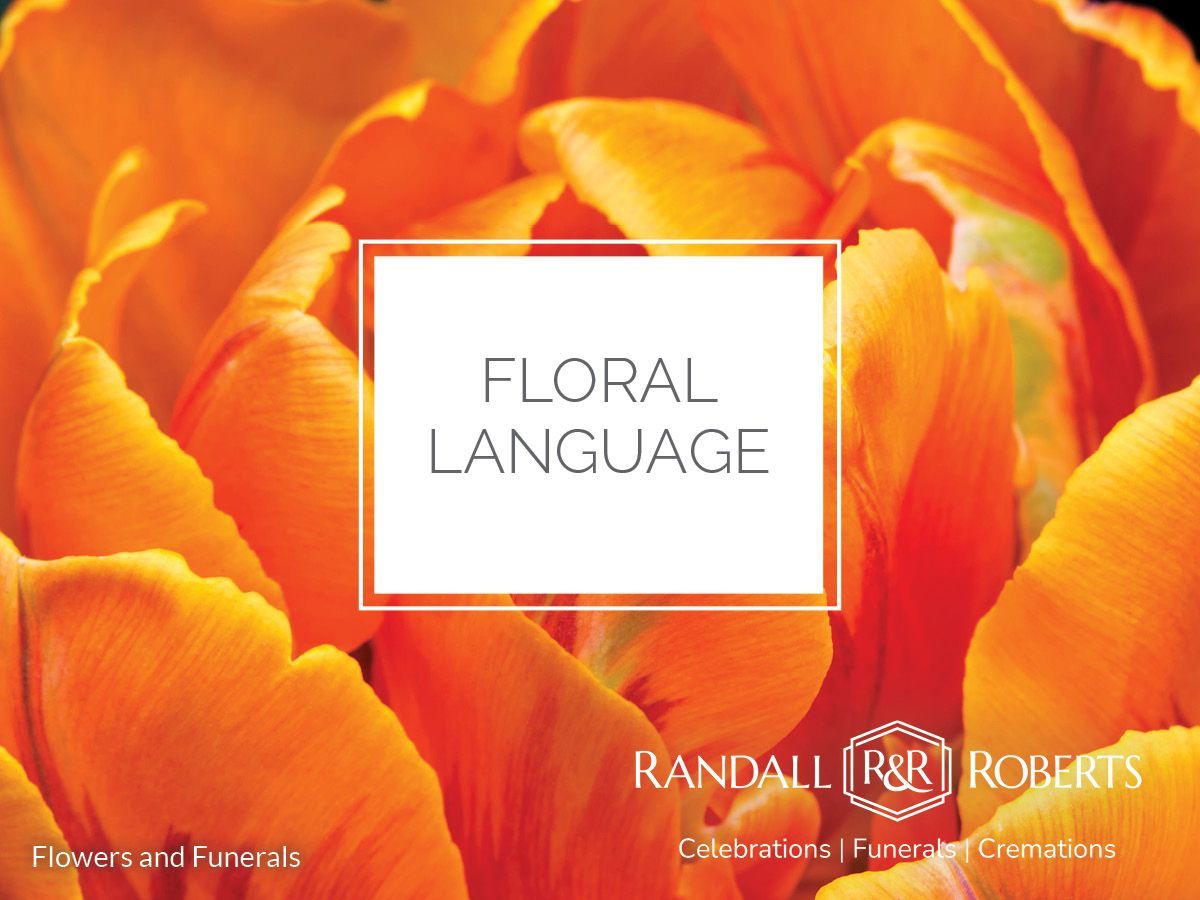Funeral Service and Veterans Benefits
The Funeral Home is the best resource for understanding veterans death benefits.
The Federal Government provides a death benefit for honorable discharged veterans. The dollar amount varies based on where the death occurs (VA hospital) and if the death was service-related. In most cases the benefit is modest and will not cover the entire cost of a funeral, burial, or cremation. Your local funeral home is an excellent resource to help veterans and their families understand the benefit that is available.
VA will pay up to $796 toward burial and funeral expenses for deaths on or after October 1, 2019 (if hospitalized by VA at time of death), or $300 toward burial and funeral expenses (if not hospitalized by VA at time of death), and a $796 plot-interment allowance (if not buried in a national cemetery).
Most funeral homes will provide a consultation and planning session at no charge upon request. It is never too soon to schedule a meeting with a funeral planner. Understanding exactly the benefit that will be available upon death is the best way for veterans to assure their family is not misinformed and thereby disappointed in the benefit they receive when death does occur.
The funeral planner will review the current benefits available from the U.S. Government. These benefits have been subject to change over the years, making obtaining current up-to-date information important. The planner will discuss your funeral service desires and your family’s funeral expectations and needs. The planner will also discuss the military graveside service and US flag that can be provided, if you desire, upon death. During your planning session you will also review final disposition options. Final disposition is a term referring to a person’s personal preference to be buried or cremated and the location of your final resting place.
During a meeting with a funeral planner the veteran will have the opportunity to ask questions about burial availability in a local Veteran’s cemetery, funeral service and memorial service options as well as review funeral products such as caskets and vaults that honor the different branches of military service.
It is a good idea bring a copy of discharge papers (DD214) to the meeting. Making a list of your questions and bringing it to the meeting as well will help to assure your questions are answered and nothing is overlooked.
It is also a good idea to ask the planner about any programs the funeral home has to help fill in the cost difference between the US Government Benefit amount and the estimated cost of the funeral service. Many funeral homes provide the opportunity to set up manageable payment plans to cover the gap. Some funeral homes even offer plans that provide coverage for the entire cost should death occur before all payments are complete.
Once a funeral plan is completed it should be kept on file at the funeral home along with a copy of the DD214.
